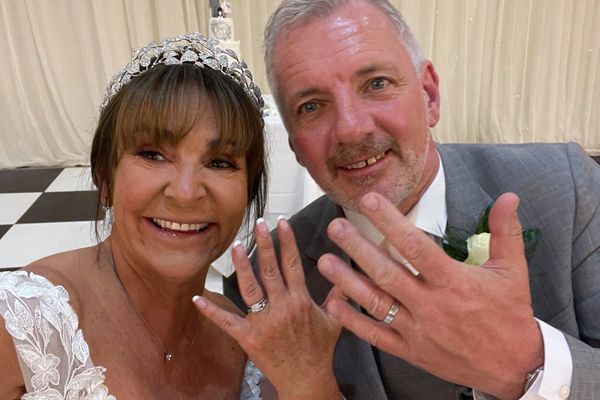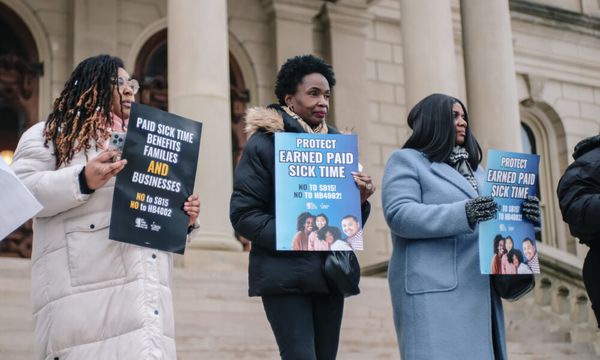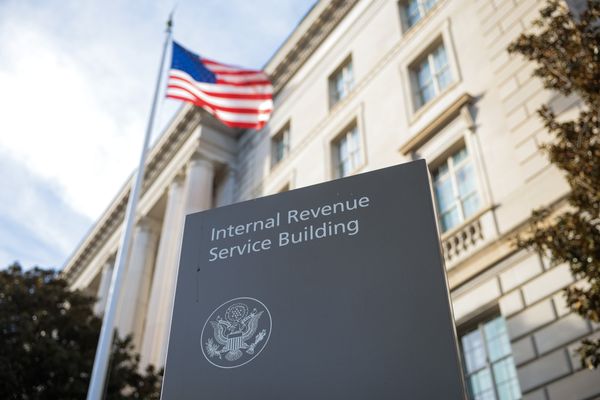The city of palaces is decked up as Mysuru’s showpiece event Dasara will unfold for 10 days starting Monday.
Held only as symbolic celebration devoid of any fanfare amid COVID-19 in 2020 and 2021, Dasara is set to be bigger, brighter and grander this year and will be inaugurated for the first time ever by President Droupadi Murmu.
Officially designated a State festival ( Naada Habba) and entailing government funding, Dasara is a fulcrum to revive the tourism sector, a major economic driver of the region. Tourism alone generates nearly 80,000 direct jobs in Mysuru and surrounding regions, but it was down in the dumps for two years due to the pandemic.
In Mysuru, Dasara marks the slaying of demon Mahishasura by Goddess Chamundeshwari and symbolises the triumph of good over evil. But its religious underpinnings apart, the festival has also emerged as a platform to showcase the cultural diversity of the State.
A total of 290 cultural events to be held over 10 days across eight venues in Mysuru. The grand finale will be the famed procession or the Jamboo Savari of caparisoned elephants carrying the golden howdah on October 5 followed by a torchlight parade.
Though the festival is celebrated across India, Dasara in Mysuru is a legacy of the Vijayanagar emperors who ruled between the 14 th and 17 th centuries.
The grandeur of the Navaratri as celebrated by the Vijayanagar rulers have been described by medieval travellers like Abdur Razzak of Persia, who visited Vijayanagar between 1442 and 1443; Domingo Paes (1520-22) and Fernao Nuniz (1535-37) from Portugal, who have given eyewitness accounts of the ‘’great feast of Bisnaga’ (for Vijayanagar).
Heritage passed on
This tradition was inherited by the Wadiyars of Mysuru, and Raja Wadiyar who ascended the throne in 1610 CE at Srirangapatana, ordained that Navaratri be celebrated on a grand scale.
After the fall of Tipu Sultan in 1799, the kingdom was restored to the Wadiyars by the British and the capital was shifted from Srirangapatana to the present Mysuru where the pageantry continues to be held.
It was during the reign of Nalwadi Krishnaraja Wadiyar who ruled from 1902 to 1940 that the grandeur of Mysuru Dasara reached its apogee and this grandeur has been documented in the murals of the Amba Vilas Palace.
When the 10-day festival unfolds from Monday, it will be a throwback to a bygone era.







